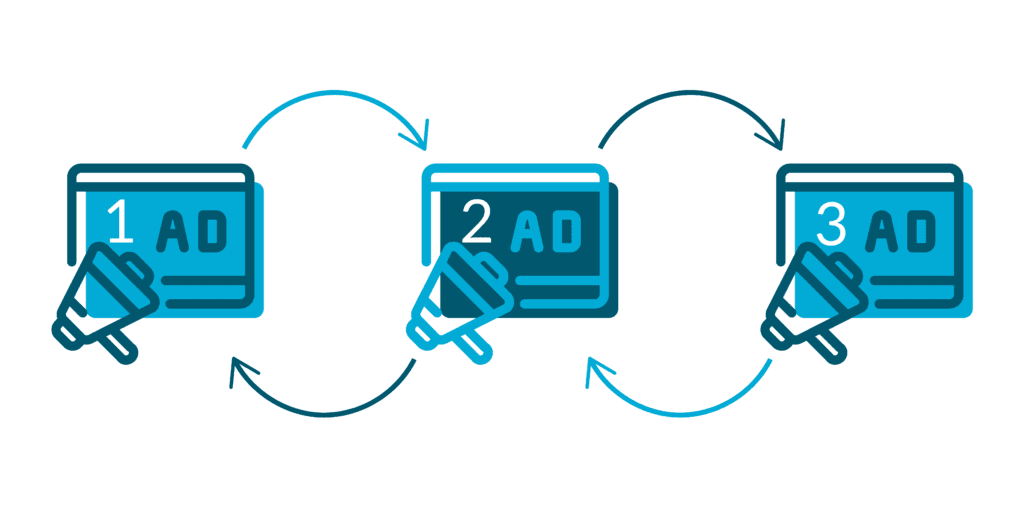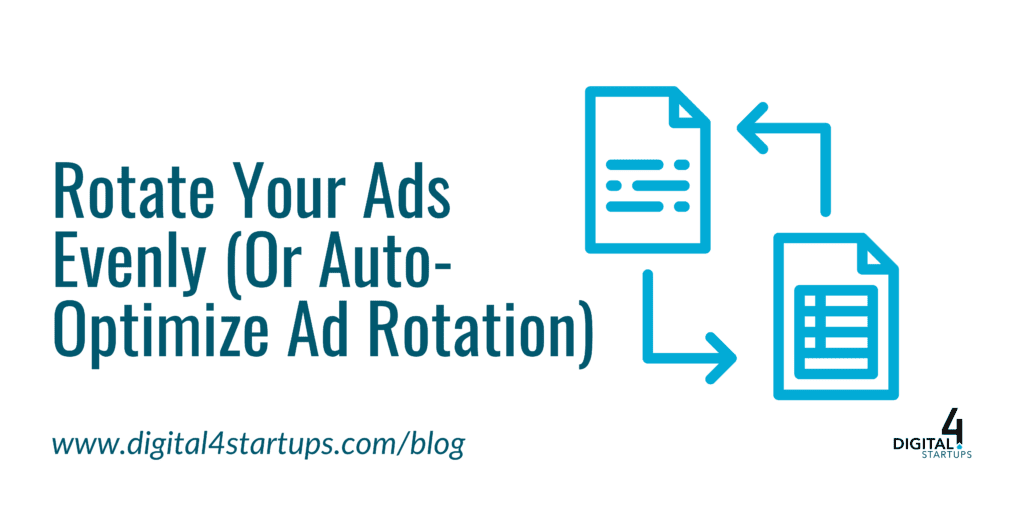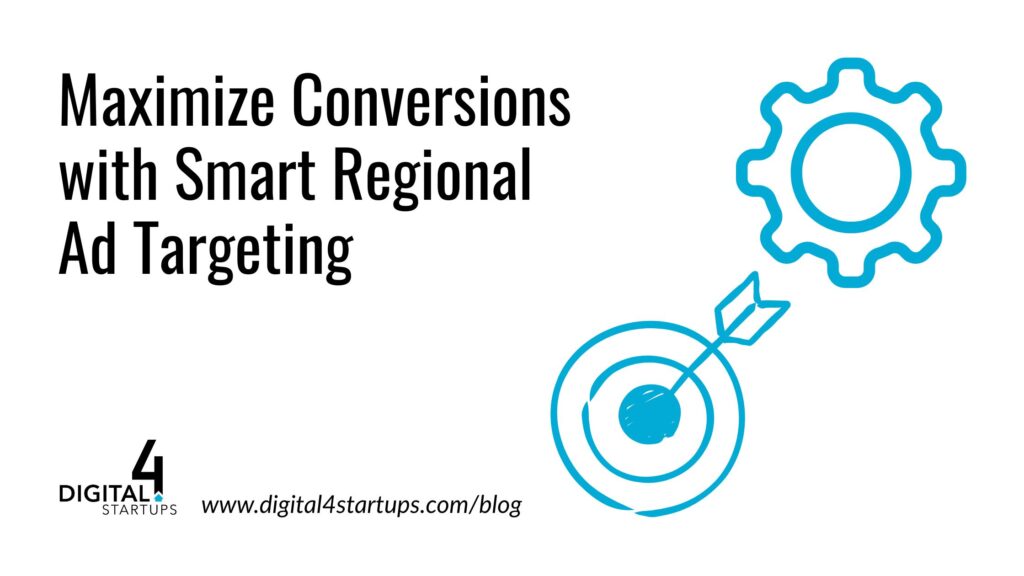Earlier we discussed how important it is for an advertiser to run more than one ad at a time. But if an advertiser is running 3-5 ads per campaign at a time, how can they be sure which ad is performing the best?
Google AdWords currently provides the advertiser with three options when it comes to ad rotation. They are:
- Optimize for clicks: Show ads expected to provide more clicks
- Optimize for conversions: Show ads expected to provide more conversions
- Rotate evenly: Show ads more evenly for 30 days, then optimize for clicks
Generally, when A/B testing ads, it is advisable to choose the 3rd option, rotating the ads more evenly for 30 days (before optimizing for clicks). It should only take 14-28 days for ads in a medium to high volume ad group to generate statistically significant results, enabling the advertiser to pause the poor-performing ads and rotate in new copy based on the learnings of the experiment before the 30 days are up.

Why You Should Rotate Ads Evenly Before Optimizing
Why should advertisers rotate the ads evenly when Google volunteers to auto-optimize for them? Rotating the ads evenly enables the advertiser to gain statistically significant results before making an optimization.
It also controls better for quality score and ad history, meaning that a control ad is less likely to outperform the test ad merely because it has been in the account longer (The longer something has been live in an account and performed well, the higher it’s history score, improving its quality score).
When to Change Ad Rotation Settings for Clicks or Conversions
Even if advertisers choose to select the auto-optimization option, it is important for them to be aware which setting they have selected. Should business interests change, and conversions or clicks become more important, advertisers should be sure to change the settings appropriately.
In addition, advertisers may have access to information Google does not have access to (bounce rate, conversion type, time on site) that would enable the user to make a more educated decision about which ad is really performing better. Again, be sure to use the full compliment of information available before judging an ad, and be sure the results are statistically significant before acting.



